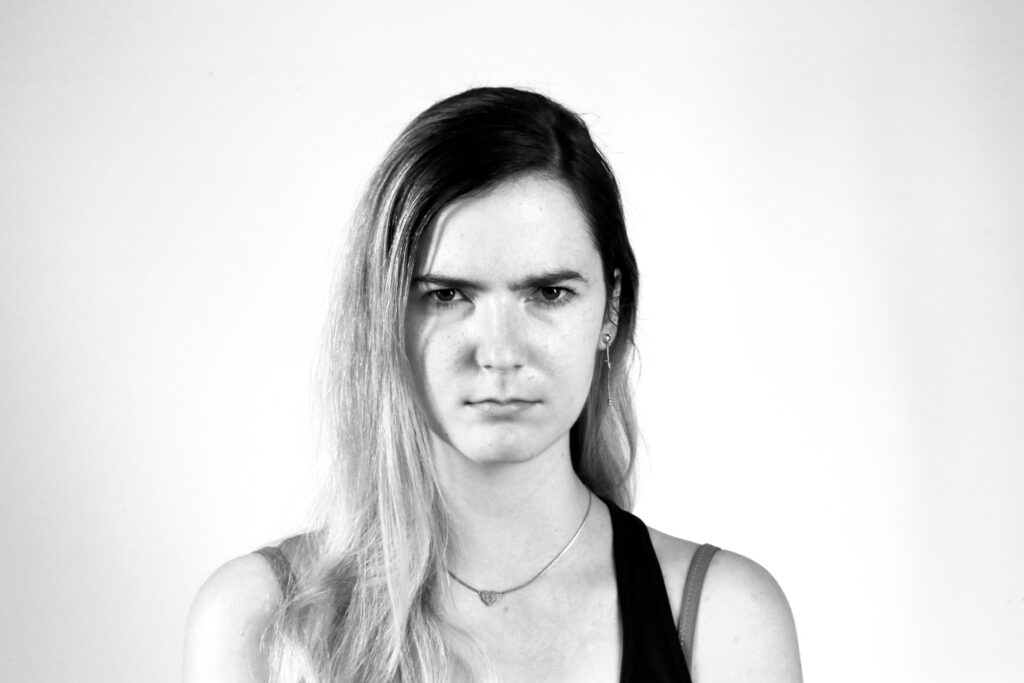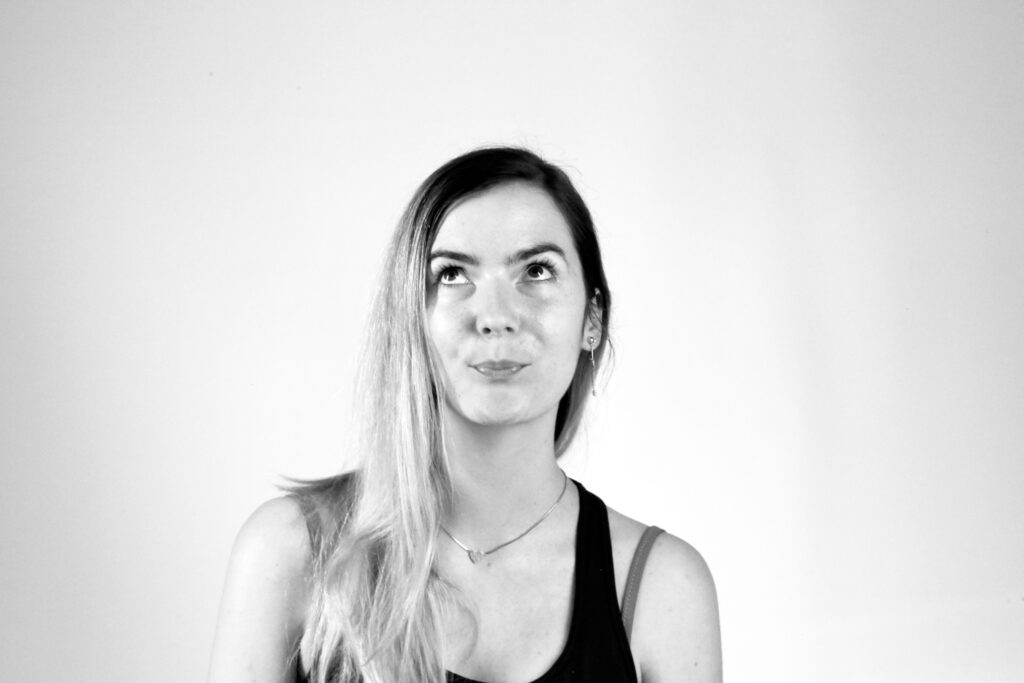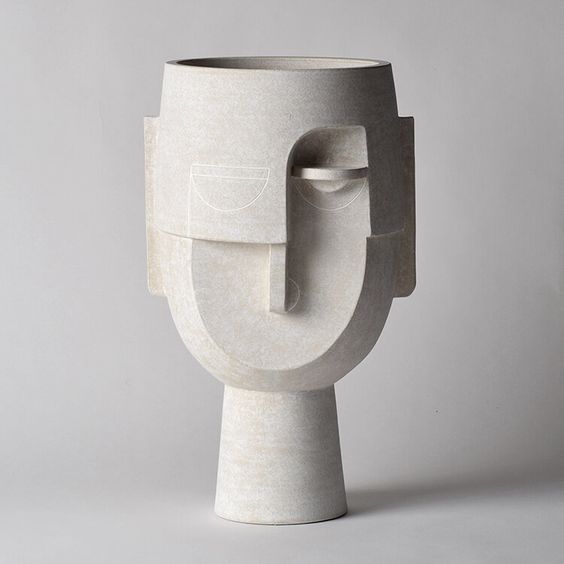General information about the interviewee:
Age: 22 years
Gender: Female
Occupation: Student
1. Understanding Facial Emotion Recognition:
- Can you describe what the term „Facial Emotion Recognition“ means to you?
The process of identifying human emotion. Interpretating human emotions from facial expressions through analysing facial features such as movement of the eyes, eyebrows, or mouth and identifying feelings such as happiness, anger, fear, or surprise.
2. Analyzing Facial Expressions:
- What helps you analyze the facial expression of another person when you see them?
– The eyes: Changes in the size of the eyes, squinting, or the direction of gaze.
– The eyebrows: Raised, furrowed, or drawn together.
– The mouth: Smiles, frowns, pursed lips, or other changes in the mouth’s shape.
– The environment and context in which the interaction takes place.
– Observing if the facial expression is consistent with the body language.
- Which specific features and aspects do you pay attention to in this scenario?
I look at whether the eyes are wide or narrow, if there is direct eye contact or not, also in combination with the eyebrows if they are raised or furrowed. I look at the mouth, if someone is smiling, tight-lipped or frowning. I look at the forehead.
3. Proportion and Arrangement:
- Are the proportions and arrangement of facial features important to you when perceiving a face? If so, how?
Yes, the proportions and arrangement of facial features are important when perceiving a face. I perceive symmetrical faces generally more attractive. Balanced features tend to create a more pleasing and harmonious look. On the other hand, unique proportions and arrangements can make a face more memorable. It helps to recognize and remember faces.
4. Influence on Emotions:
- Can certain facial features and expressions influence the way you feel? How do they affect your emotions?
Yes, certain facial features and expressions can indeed influence the way I feel. Seeing someone smile can naturally make me feel happier and more connected. Just as a smile can create happiness in me,while witnessing someone’s sadness, anger, or fear will make me feel also sad, angry or fear. If someone shows a fearful expression, I might also feel a sense of urgency or alertness, especially if the context suggests a shared threat or danger. Positive facial expressions, such as nodding and smiling, can provide positive reinforcement, boosting my mood and confidence.
5. Attractiveness of Faces:
- What attributes make a face attractive to you? What role does symmetry play?
Faces that are more symmetrical are generally perceived as more attractive. The overall harmony and balance of facial features contribute to attractiveness. Features should complement each other without any one feature overpowering the others. A genuine smile that reaches the eyes. I find that unique or distinctive features, such as a particular eye shape, freckles, or a charming smile, can make a face stand out and be more memorable.
· Is there a difference for you between the attractiveness of male and female faces?
There is a difference in the way I perceive the attractiveness of male and female faces. Certain attributes make a male face more attractive and vice versa. For example, facial hair like a beard or stubble, can add to the attractiveness by emphasizing masculinity. On the other hand softer and more delicate features emphasize femininity.
6. Preferences for Makeup:
- Do you prefer faces with a lot of makeup, very little makeup, or no makeup at all? What degree of makeup do you like the most and why?
I appreciate faces with a natural look enhanced by a touch of makeup. A light touch of makeup can enhance natural features like the eyes, cheekbones and lips but without overpowering them. Minimal makeup maintains the authenticity of the person’s appearance, making them look more genuine and approachable.
7. Facial Shapes in Everyday Objects:
- Do you sometimes recognize facial shapes in everyday objects around you? If yes, can you provide a few examples?
No, I don’t recognize facial shapes in everyday objects around me.
- Does this recognition affect the way you feel about those objects or the way you interact with them?
No recognition of facial shapes in everyday objects, therefore no influence on the way I feel or interact with them.
8. Controlling Facial Expressions:
- Do you sometimes try to control your own facial expressions to hide your true feelings or to display emotions you aren’t actually feeling? If yes, why do you do it, and how do you manage it?
I rarely do it, only in particular social situations out of politeness. Sometimes, I prefer to hide anger or frustration to prevent escalating a conflict. Maintaining a neutral or positive expression in professional settings is important for appearing competent and approachable. For example, in roles that involve customer interaction, showing positive emotions can enhance customer satisfaction, even if those emotions aren’t genuine. Deep breathing can help in calming downs and maintaining a neutral expression. Moreover, being aware of your own facial expressions and body language can help to manage it.
9. Relevance to Art and Design:
- How do you think understanding facial shapes and expressions can benefit artists and designers in their work?
Potentially understanding facial shapes can help artists create more realistic and accurate portraits. Artists can create more dynamic and expressive faces. In addition, it can potentially help designers create more effective marketing campaigns that evoke specific emotions and therefore make the campaign more compelling and persuasive. Looking at the future, it could also help with creating realistic and expressive avatars enhancing user interaction and experience of virtual and augmented reality.
- Can you think of any examples where the perception of facial features has influenced a piece of art or a design project?
The first art piece that I thought of is Leonardo da Vinci’s “Mona Lisa”, as it has intrigued viewers for so many years. Another design could be the Memoji or Animoji by Apple. It is a feature on the phone that uses facial recognition technology to create a character that mimic user’s facial expressions. Advertisements often use faces with specific expressions to evoke emotions such as happiness, trust or excitement.
Conclusion
Working with a variety of media—graphical images in different styles, photography, and direct interviews—proved to be highly engaging and insightful for our experiments. This diversity enriched our design research by providing multiple perspectives and deeper insights into user experiences and emotions. The next step is to utilize this material to create a comprehensive survey for a larger test group. By simplifying the topic, directly asking targeted questions, and incorporating different images to evoke and assign emotions, we aim to gather valuable data to further refine our design approach.











































































